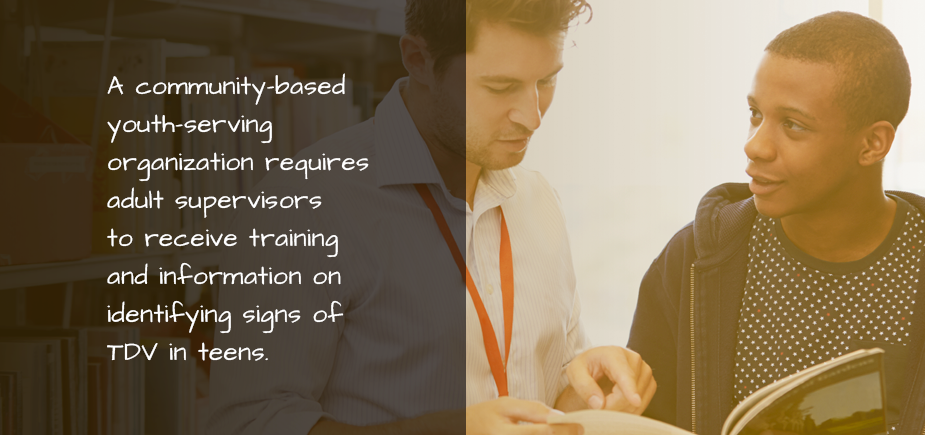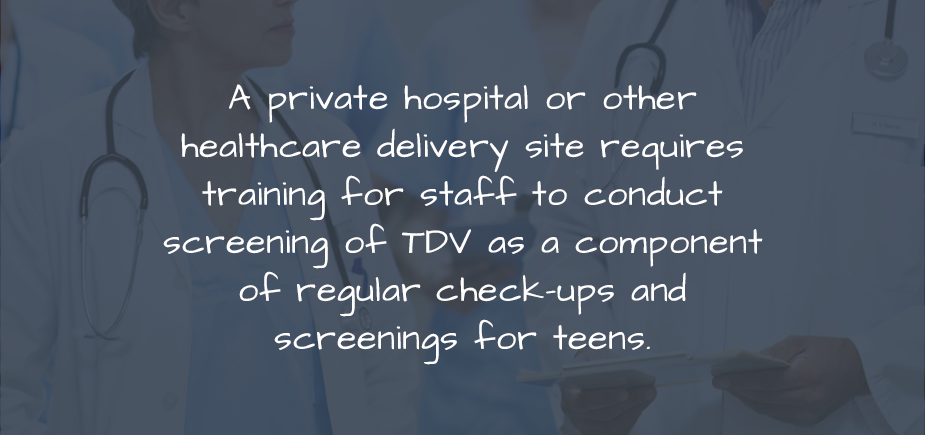CAPACITY
Prior to engaging in policy-related efforts organizations can consider their capacity and the appropriate roles and responsibilities for local stakeholders.
CONSIDER LOCAL CAPACITY FOR INFORMING POLICY
An important first step is to assess the allowability of policy activities. Once determining that the proposed activities are allowable, you should asses the skills, capacity, and resources possessed by your organization, community advisory board, and other partners to determine how these can contribute to policy efforts. This could start with internal conversation between your organization and partners about the goals for such work, including discussions about how past experiences and skills in other areas can be applied to policy efforts. Identify the skills (e.g., facilitation, coalition building, meeting coordination, communication, planning, policy analysis, preparing written documents, educating stakeholders, monitoring, evaluation) and resources (e.g., meeting space, access to data, funding) that you, your colleagues, and your partners use in your everyday work that can contribute to efforts to inform policy.
The DM Capacity Assessment and Planning Tool (DM-CAPT) provides a mechanism for assessing capacity to inform policy. The DM-CAPT is available to the public on vetoviolence.cdc.gov. Consider using the DM-CAPT within your organization and with partners to determine the local capacity for informing policy.
Visit WebpageA number of capacity areas from the DM-CAPT are relevant to policy development, implementation, and evaluation.
EXPLORE ORGANIZATIONAL STRENGTHS FOR INFORMING POLICY
This Guide and website are provided for informational purposes only. Note that certain restrictions apply to the use of CDC funds for impermissible lobbying. For more information concerning such restrictions see the CDC Anti-Lobbying Guidelines.






